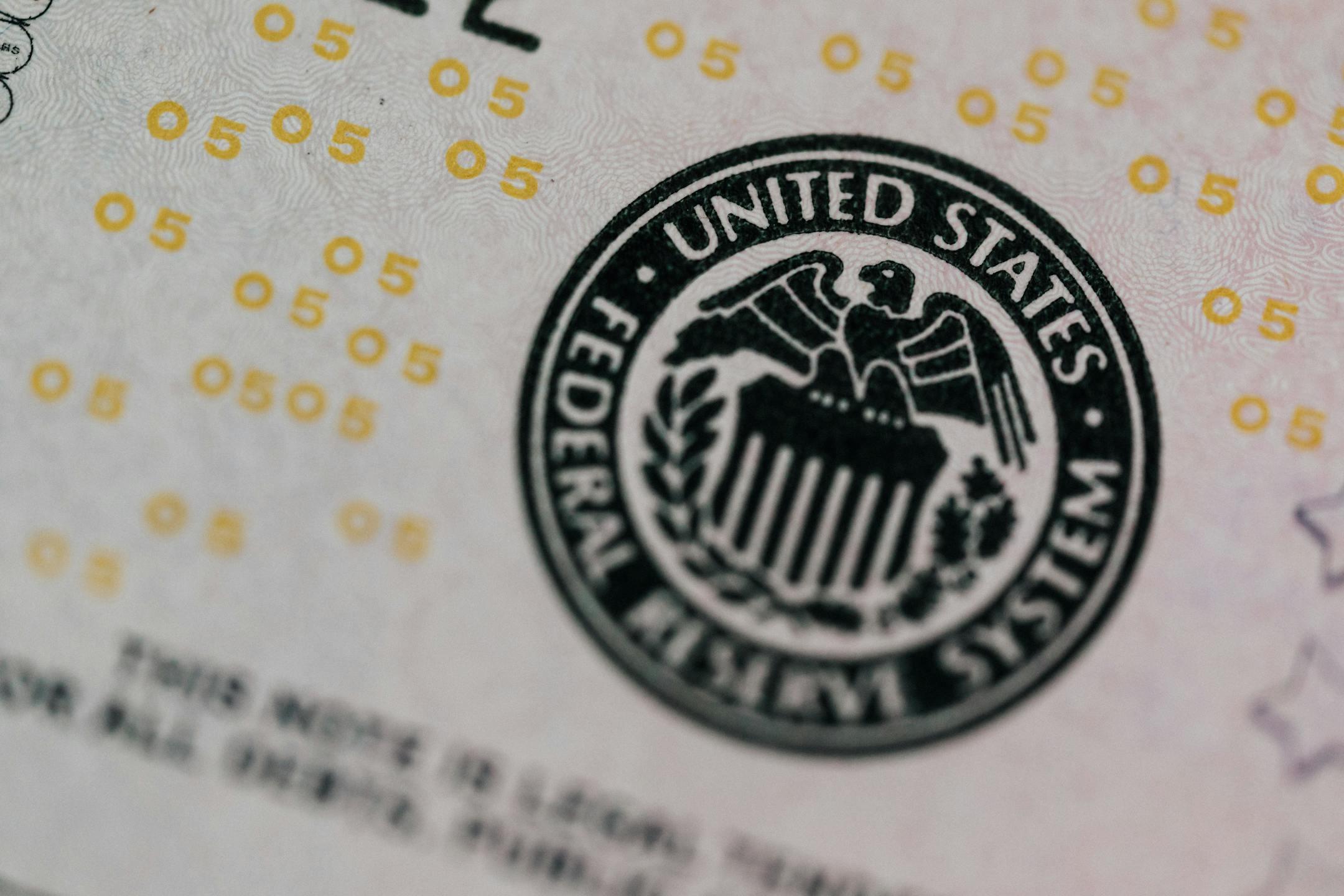
When the U.S. Federal Reserve (commonly known as "the Fed") makes a move—whether it's raising interest rates, cutting them, or simply issuing a statement—stock markets across the globe take notice. But why does a central bank in Washington, D.C., have such a powerful ripple effect on markets from London to Tokyo?
In this article, we will break down how the U.S. Fed influences not just the American economy, but the global financial landscape and what that means for investors around the world.
__________________________________________________________________________________________________
What Is the Fed, and What Does It Do?
The U.S. Federal Reserve is the central bank of the United States. Its core responsibilities include:
In short, the Fed's job is to keep the U.S. economy healthy. But because the U.S. has the world’s largest economy and its dollar is the world’s reserve currency, the Fed’s decisions rarely stay within U.S. borders.
__________________________________________________________________________________________________
1. Interest Rate Decisions Impact Global Capital Flows
One of the Fed’s most powerful tools is the federal funds rate—the interest rate at which banks lend to each other overnight.
When the Fed raises rates, borrowing becomes more expensive, and U.S. bond yields typically increase. As a result:
Conversely, when the Fed lowers rates, capital tends to flow into riskier assets, including foreign markets, because U.S. yields become less attractive.
__________________________________________________________________________________________________
2. The Dollar Gets Stronger or Weaker
The Fed’s policies directly affect the strength of the U.S. dollar:
A stronger dollar can hurt international markets in two major ways:
On the flip side, a weaker dollar can lift global markets by improving liquidity and boosting commodity prices.
__________________________________________________________________________________________________
3. Investor Sentiment Follows the Fed
Stock markets are driven by expectations as much as by fundamentals. The Fed’s statements, projections, and press conferences are closely analyzed by investors everywhere.
For example:
In recent years, central banks in Europe, Asia, and elsewhere have even adjusted their own policies in response to the Fed demonstrating just how intertwined the global system has become.
__________________________________________________________________________________________________
4. The Fed Sets the Tone for Risk Appetite
Global investors look to the Fed for clues about the risk environment. When the Fed is supportive (low rates, bond buying), it typically fuels "risk-on" behavior—more money flows into stocks, tech, emerging markets, and other higher-return assets.
When the Fed tightens policy, it can trigger a "risk-off"shift—investors retreat to safer assets like U.S. Treasuries or cash, leaving global equities and currencies under pressure.
__________________________________________________________________________________________________
What This Means for You as an Investor
You don’t have to be trading on Wall Street to feel the Fed’s influence. Whether you invest in global mutual funds, ETFs, or individual foreign stocks, Fed policy indirectly affects:
Key Takeaway:
Understanding the Fed’s actions helps you understand global market trends. While local factors always matter, in today’s interconnected financial system, U.S. monetary policy is often the first domino to fall.
__________________________________________________________________________________________________
Final Thoughts
The U.S. Fed may be a domestic institution, but its influence is global. For investors, staying informed about Fed policy isn’t just about understanding the U.S. economy—it’s about anticipating how changes in interest rates, inflation outlook, or financial conditions could ripple across borders and asset classes.
Whether you are a long-term investor or a short-term trader, keeping an eye on the Fed can help you navigate global markets with more confidence.
Brokerage Products and Services offered by Planner Securities, LLC - Member FINRA and SIPC.
Review Planner Securities’ brokerage services with FINRA BrokerCheck.
Click here to view the Customer Relationship Summary.
Online trading has inherent risk due to system response and access times that may vary due to market conditions, system performance, and other factors. An investor should understand these and additional risks before trading. Carefully consider the investment objectives, risks, charges and expenses before investing. All investments involve risk and losses may exceed the principal invested. Past performance of a security, industry, sector, market, or financial product does not guarantee future results or returns. Planner Securities is a discount broker that provides self-directed investors with brokerage services, and does not make recommendations or offer investment, financial, legal or tax advice.
Options trading involves risk and is not suitable for all investors. Options trading privileges are subject to Planner Securities’ review and approval. Please review the Characteristics and Risks of Standardized Options brochure before you begin trading options.
Investors should consider the investment objectives, risks, and charges and expenses of a mutual fund or ETF carefully before investing. Leveraged and Inverse ETFs may not be suitable for long-term investors and may increase exposure to volatility through the use of leverage, short sales of securities, derivatives and other complex investment strategies. A mutual fund or ETF prospectus contains this and other information and can be obtained by emailing trading@plannersecurities.com
Margin trading involves interest charges and risks, including the potential to lose more than deposited or the need to deposit additional collateral in a falling market. The Margin Disclosure Statement and Agreement (PDF) is available for download, and contains information on our lending policies, interest charges, and the risks associated with margin accounts.
See our Pricing page for detailed pricing of all security types offered at Planner Securities. All prices listed are subject to change without notice.
Any specific securities, or types of securities, used as examples are for demonstration purposes only. None of the information provided should be considered a recommendation or solicitation to invest in, or liquidate, a particular security or type of security.
This is not an offer or solicitation in any jurisdiction where Planner Securities is not authorized to conduct securities transaction.
System response and access times may vary due to market conditions, system performance, and other factors. Planner Securities LLC and its affiliates do not provide tax advice, and you always should consult your own tax adviser regarding your personal circumstances before taking any action that may have tax consequences.
Member of SIPC. Securities in your account protected up to $500,000. For details, please see www.sipc.org.